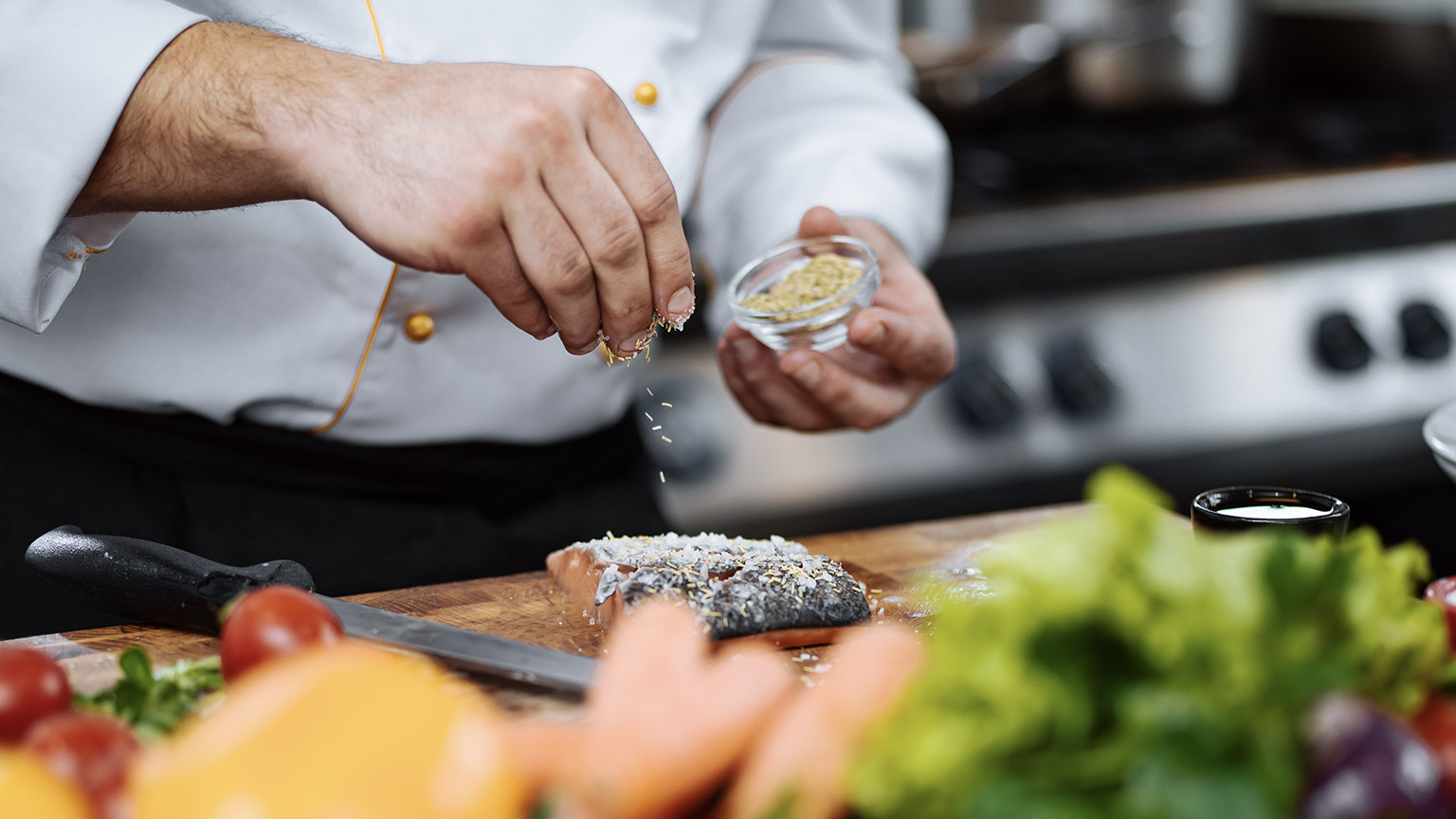‘Around the world’ sections will occur regularly across this module. They will be extremely useful for you in researching and preparing for your assessment.
Each one will have a slightly different focus, and will include guidance for you to help focus your research. Allow up to 2 hours for each one (this includes your SDL for the day).
New Zealand Cuisine
- As a nation made up of first peoples (Māori) and colonists, does New Zealand have a distinct cuisine? You decide.
- Create a timeline of New Zealand cuisine, starting with traditional Māori food pre-colonisation, and tracing the influences of waves of migration from different colonist groups.
- What food can be found here?
- What is the influence of modern food production on food in New Zealand?
During your internship (Delivery 6), you will be required to design or modify an SOP at your internship workplace (Assessment 11.2). Before you can attempt this assessment, you need to have a good knowledge of what an SOP is, why they are so important, and how to write and review one.
We will spend a little time looking at the basics of the SOP and have some practice in writing an SOP for a simple, everyday process.
What is an SOP? Research and explain exactly what is meant by this term, which is also used in many industries other than ours.
Why is a good SOP so important – how does it help to run a safe and efficient kitchen?
Example SOP - Deep Fryer Cleaning

Writing An SOP
1. Key Features of the SOP
The format of every SOP within an organisation should be consistent and look similar, so information can be found quickly and easily. There are several features all good SOPs should include – these may vary depending on the size of the organisation and the complexity of the task being described, but some of the most important features include:
- Title of the SOP
- Date of creation (and revision number if it is an amended version)
- Who wrote it
- Name of the organisation the SOP belongs to
- Purpose of the SOP
- Any other information required prior to the procedure happening – extra resources required, safety regulations etc.
- Procedures section – see below
- Quality control – how to tell if the process is as it should be
- Health, hygiene, safety
(Diaz, 2021)
2. Procedures Section
This contains step-by-step detailed instructions to ensure the process is conducted correctly and in the same way by all employees. For very complex steps, these may further be broken down into sub-steps. Visual aids (illustrations, photographs etc) are useful to help communicate information accurately and quickly.
No prior knowledge should be assumed when writing the procedures, but number of words should be kept to a minimum to make the SOP quick and easy to read – too many words get in the way. That is why it is a good idea to include a picture or diagram of a step to convey simple information quickly and accurately.
3. Hazards, health and safety
Hazards are “things that exist and can cause harm (such as a drill press)”
Risks are the “combined likelihood of that hazard…causing harm”
(University of Otago, n.d.)
All hazards, risks, hygiene, health and safety issues must be identified for each step with instructions for eliminating or minimising the risk factor.
Exercise 29
Recap activity - Eliminate and Minimise Risks and Hazards
One of your first lessons when starting as a Culinary Arts learner would have been on health and safety, and 2 key terms on how to deal with potential workplace hazards. These terms are vitally important in all aspects of employment (whatever the industry and the job), and even in our lives outside of work. They will be an important consideration when designing a complete and effective SOP.
(Note: You may have also heard the term “isolate” as a risk-management strategy – Eliminate, Isolate, Minimise. However, since 2015 “isolate” this is no longer included in the “hierarchy of controls” - but it is still important and is now considered a risk-minimising technique) (Pinchin, 2016)
How much do you remember about those 2 terms? Discuss them in your groups (and/or research back through your notes or online). Provide a definition and an example of each from your workplace or campus training kitchens below.
Worksheet Placeholder
SOP Example - Making A Cup Of Tea
Below is an example of a Standard Operating Procedure for the task of making a cup of tea. When choosing a task for this assessment, it is a good idea to describe a simple task which requires around 10 steps to complete. This example shows the detail, and the identification and handing of any risks and hazards involved in the process.
| Standard Operating Procedure | |||
|---|---|---|---|
| Title: The procedure for making a mug of tea using an electric kettle | Date: | ||
| Student ID: | Class ID: | ||
| Procedure | Pictures | Hazards | Safety Checks |
| Sequence of Job Steps (What to do in the right order, seek to contain within 10 broad steps, where possible.) |
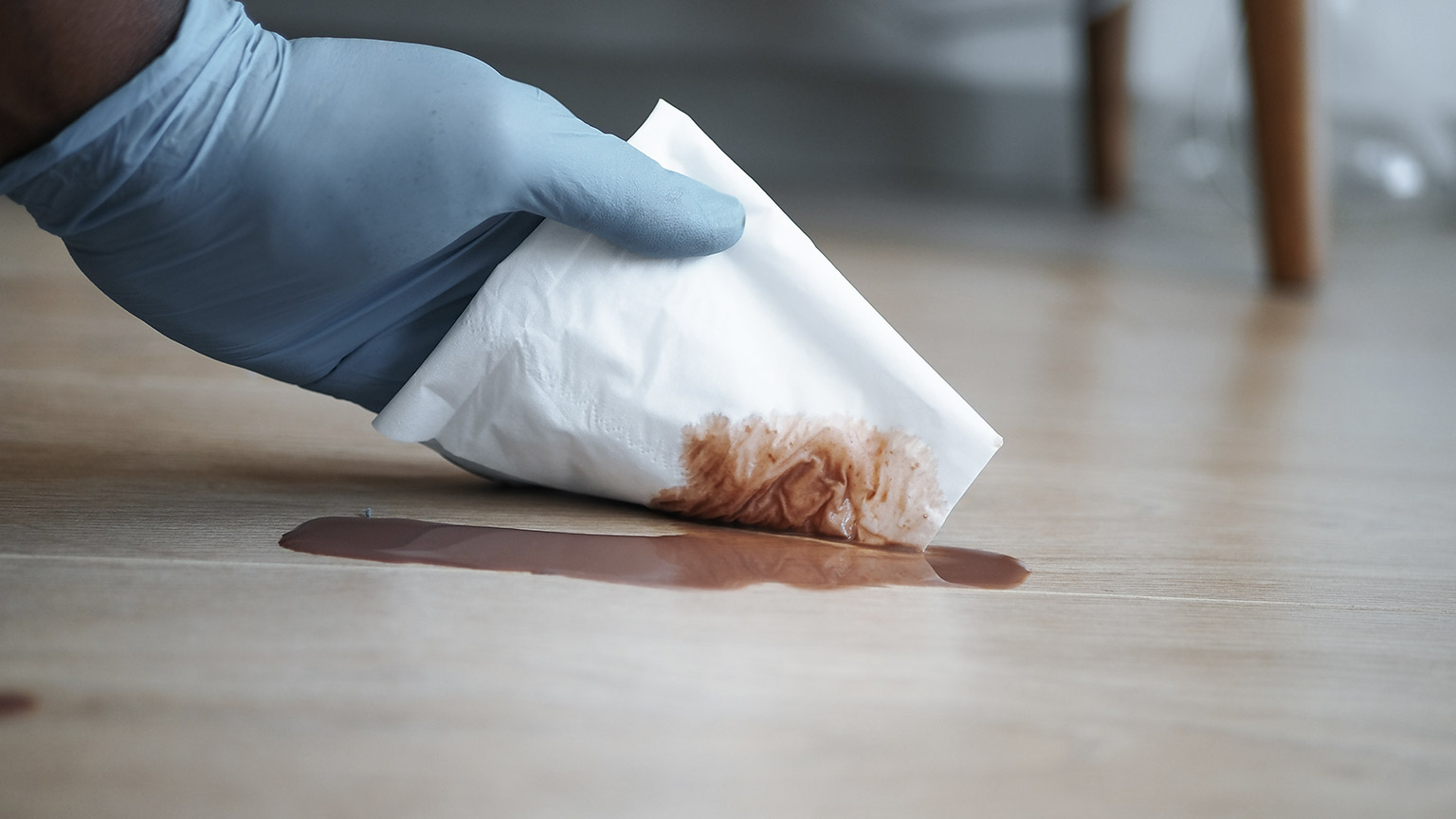 |
List Potential Hazards of each step | Recommended Risk Control (What to have in place to do each step safely) |
| 1. Collect all ingredients and equipment as follows: Teabag- sugar- milk-kettle- mug- teaspoon | 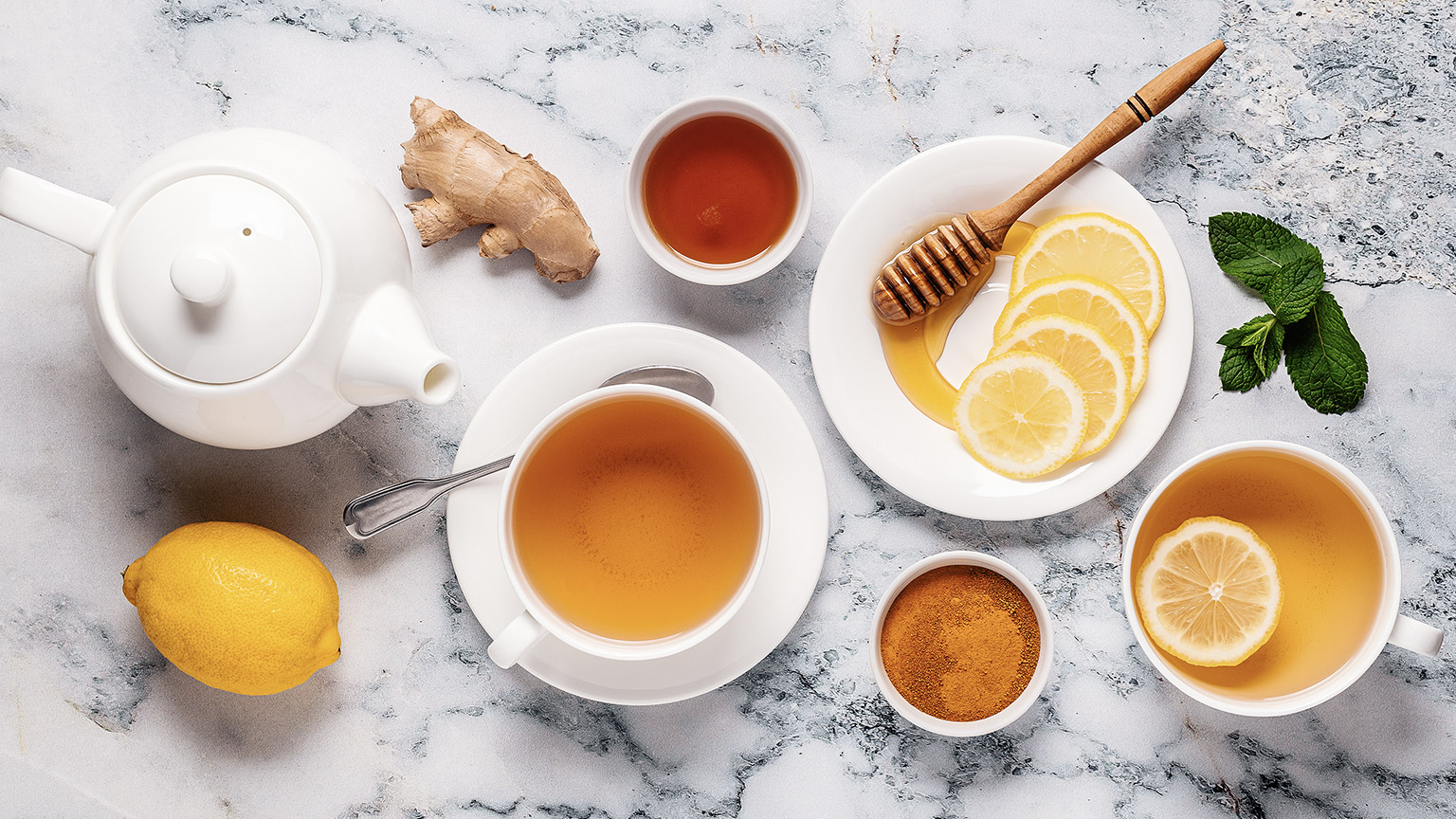 |
Don’t run when collecting equipment as you could fall. | Check dates and labels on food. Check temperature of milk is below 5°C Ensure mug and teaspoon are clean |
| 2. Fill kettle with required amount of water | 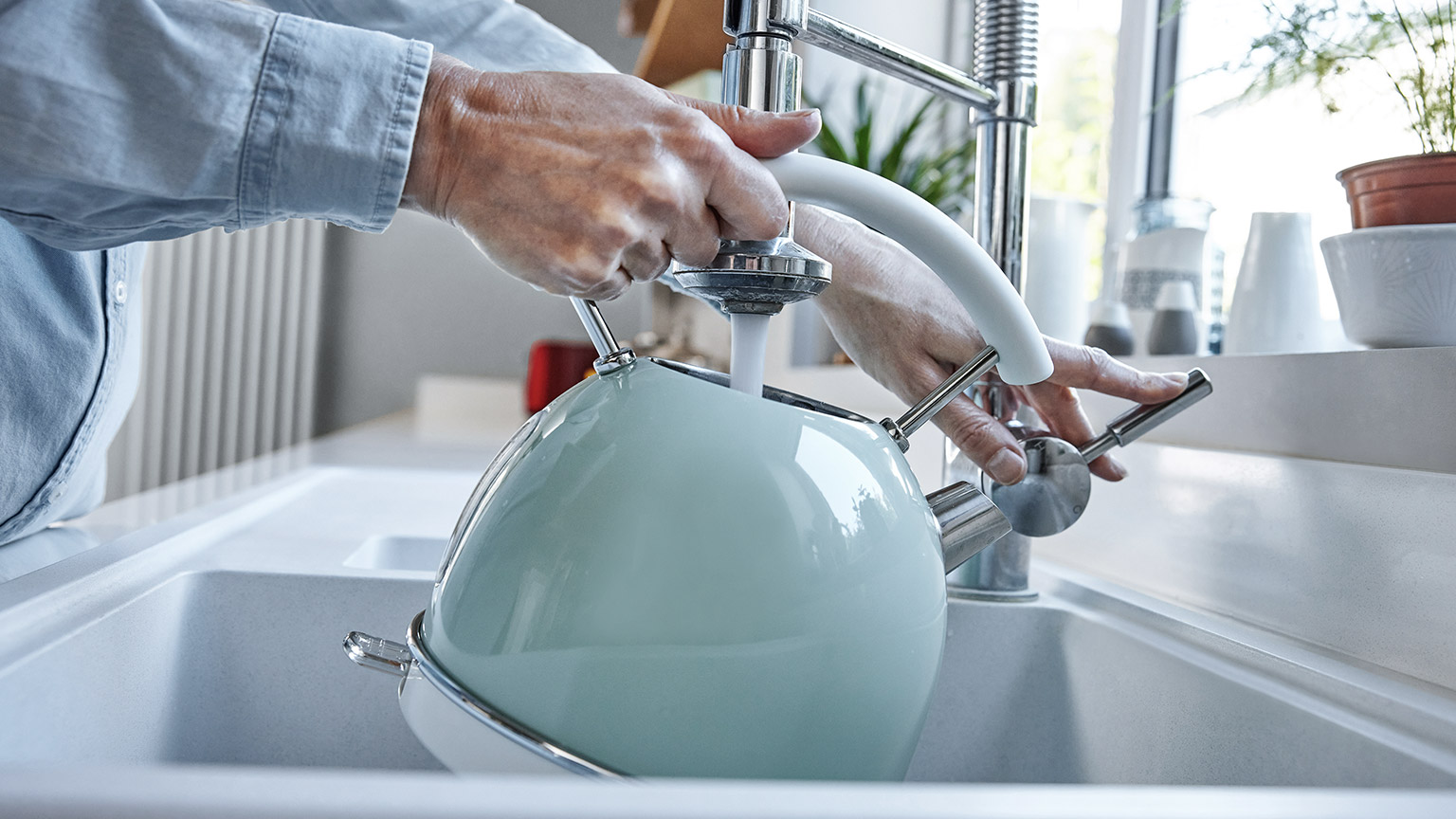 |
Hot water scalds | Do not overfill with water past maximum fill line to prevent water boiling over. |
| 3. Plug kettle into wall and switch on to boil |  |
Electric shock | Check cables are not frayed damaged. Make sure hands are not wet when switching on power. |
| 4. Put mug on workbench and put in tea bag |  |
Mug could fall off the bench | Don’t place too near edge of bench. |
| 5. Wait for kettle to boil and switch off | 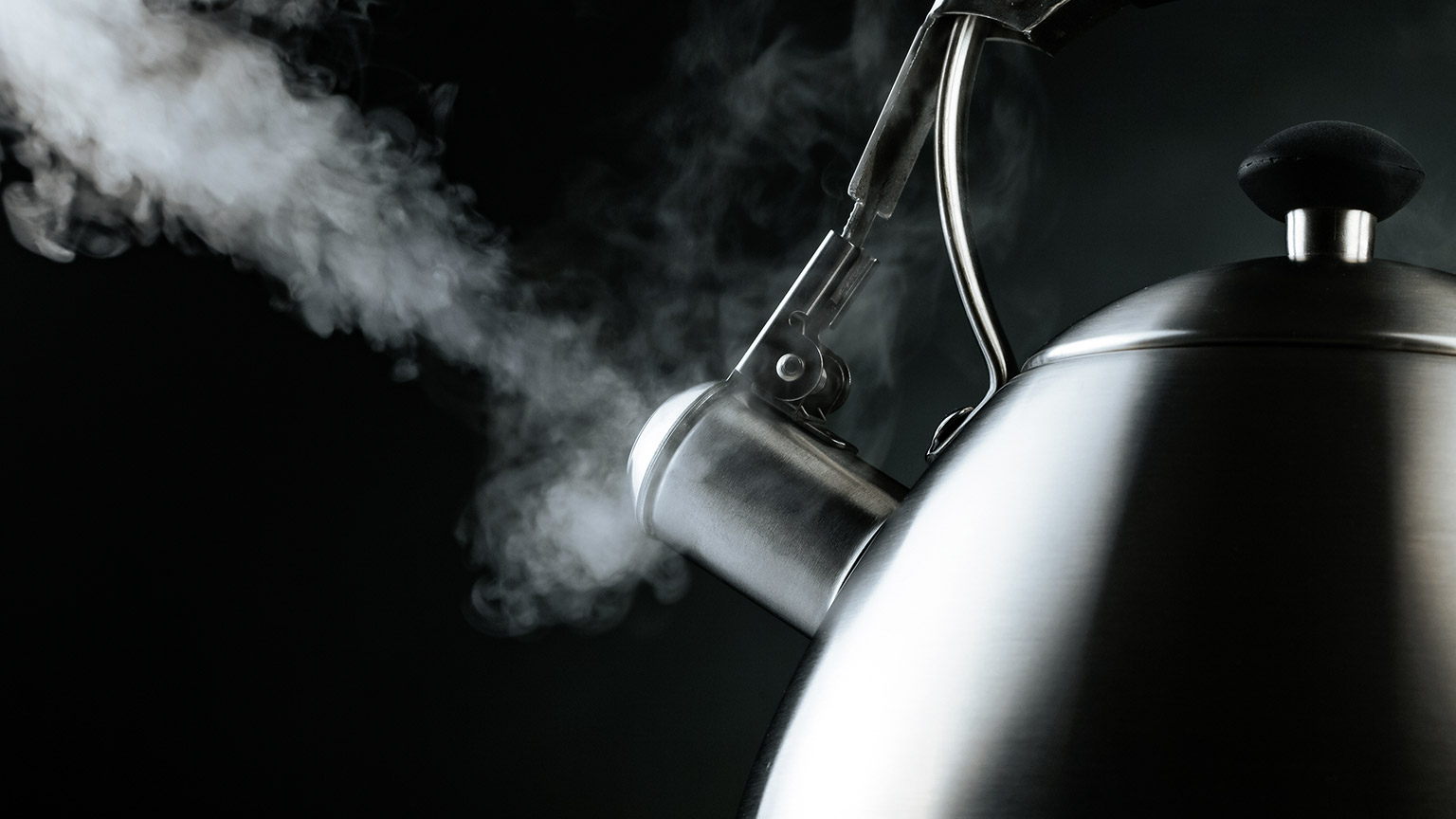 |
Hot steam can burn face | Face spout of kettle away from face |
| 6. Using handle of kettle to lift it up and pour enough water into mug leaving 2cm gap at top. |  |
Hot water scalds | Don’t rush when pouring and keep a steady hand. |
| 7. Use teaspoon to stir tea clockwise 10 times. |  |
Scalding from tea | Don’t stir quickly as this may cause tea to splash onto hand. |
| 8. Remove teabag using teaspoon and dispose into bin. | 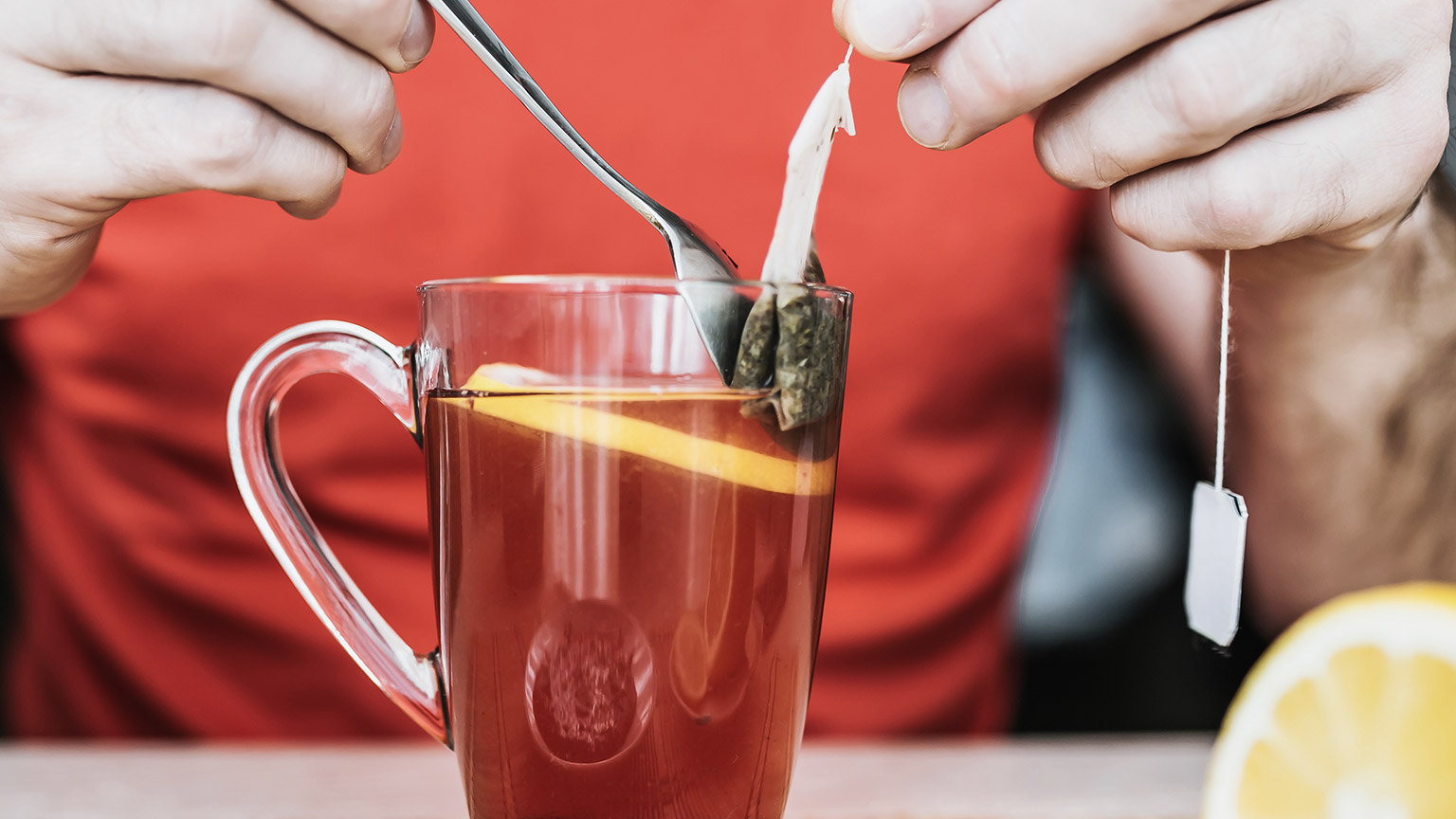 |
Burn from hot teabag and dripping tea onto floor | Put small container next to mug and place used teabag in it. |
| 9. Pour milk into mug about 1 cm and stir gently with teaspoon | 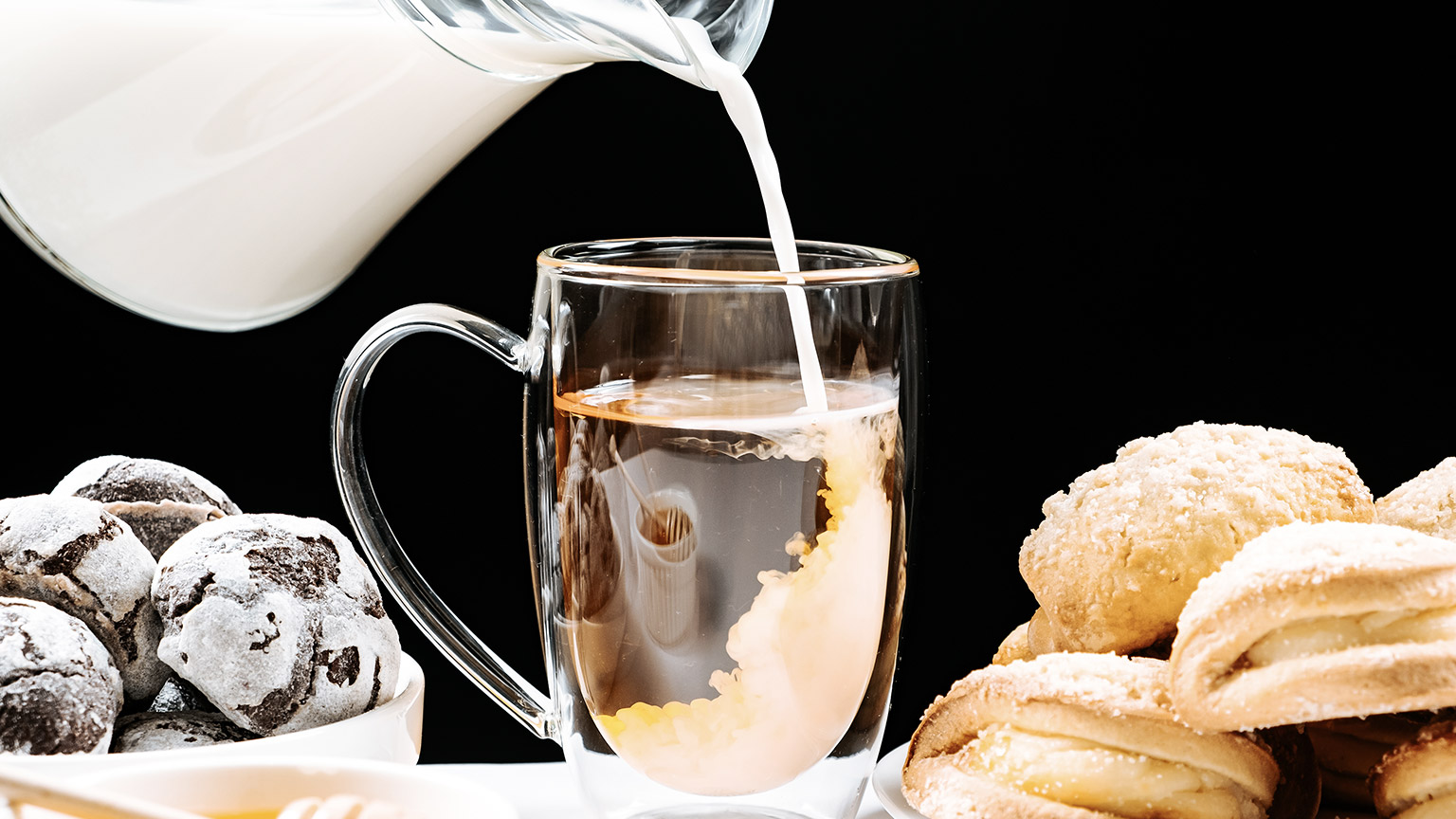 |
Spilling tea and scalding hand | Stir slowly and don’t overfill with milk |
| 10. Ready to drink add sugar is required. |  |
Scalding from hot tea | Warn customer tea is hot. |
SOP Practice
You will have an opportunity to practice developing and documenting an SOP for a simple kitchen process an upcoming kitchen class. You need to decide what process would be a good one to create an SOP for and how you will create it. Here are a few tips to help you create a good SOP for a kitchen process.
- Decide which process you are going to describe
- as mentioned earlier, this should be a simple process which can be fully detailed in around 10 steps.
- some examples include
- dishwasher
- start-up procedure, or
- using the dishwasher, or
- emptying/close down of the dishwasher
- equipment set-up or wash-down, e.g.
- Robot Coupe, stick blender, food mixer, ice-cream machine, sous vide machine etc.
- bench-clean at the end of class
- mopping the floor
- emptying the rubbish bins and recycle bins
- dishwasher
- Think through the steps first and note down what you think they should be. They MUST be in the correct and logical order and MUST be fully detailed.
- Follow the steps you noted down exactly – do not assume any other knowledge than what is described in the steps you made.
- When you discover missing steps, or insufficient detail, amend your notes to include the missing details.
- Whilst you go through each step, think carefully about the hazards and risks involved.
- Photograph EACH STEP as you go along. You might need to ask a colleague to assist you with this as it is often useful to show an actual person, or part of a person, completing the task.
- Complete the SOP form, including the photos, hazards and how to eliminate or minimise them.
- Swap SOP with another learner and check by following their SOP exactly. Give feedback to your peer on their SOP and get feedback from them on your SOP,
- How easy was it to follow?
- What information was missing?
- Any spelling mistakes to fix?
- Any other feedback?
- Based on the feedback offered, amend your SOP (keep the original to show the changes you made).
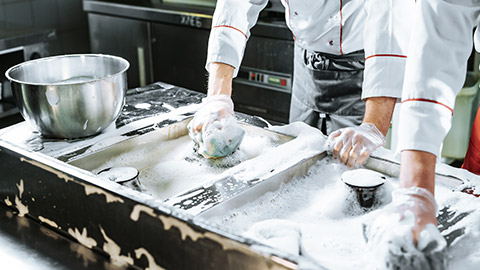
Self-directed Learning
Finish your SOP that you started in this lesson. If it is complete, write an SOP for something you use often. This does not have to be related to cooking or food.
As a complement to your practical classes, complete this practice costing exercise and go over any difficulties you may have.
The costing sheet and methods are (almost) identical to those in your practical classes. In particular, refresh your memory on the content of the section named “Matching UoM”
When we say almost identical, there is one extra column added, which should help you manage the Units of Measure. There is now a column labelled “UoM Conversion”, and is included to help you remember to convert units to the same for Qty Required and Purchase.
Qty Required and Purchase.
Remember
Units of Measure must match to get an accurate calculation, so if your recipe requires 100g of an ingredient, but your purchase price is in kilos you need to adjust. Similarly, for ml and l, and also for unusual measurements such as grammes of a canned product.
1kg = 1000g
1l = 1000ml
Using the UoM conversion:
- IF your recipe UoM is g (or ml) and your purchase UoM is kg (or l)
- THEN UoM conversion is 1000
- IF your recipe UoM is g (or ml) and your purchase UoM is also g (or ml)
- THEN UoM conversion is 1
- IF your recipe UoM is kg (or l) and your purchase UoM is g (or ml)
- THEN UoM conversion is 0.001
Non-metric weights and measures: Canned or bottled goods:
If you are purchasing ingredients in a can or bottle and only using part of the contents of the can or bottle, then the UoM conversion is the net weight or volume of the can or bottle. (Remember: net weight is the drained weight of a can/bottle – i.e. the useable amount). For example:
- if a recipe calls for 360ml of red wine, and you purchase your wine in 750ml bottles the UoM conversion is the volume of the bottle = 750
- This is true because the entire content of the bottle of wine is useable, there is no wastage through draining.
Some canned ingredients come in brine or syrup, which we need to factor in, as the actual useable yield of such products is less. For example, a 2.5kg can of chick peas may only contain 60% actual chick peas – the rest is the cooking brine. This alters our actual cost price and must be accounted for.
To keep this exercise simpler, we will assume a 60% yield on all canned products containing brine or syrup. This is an approximation, but it is close enough. We need to perform yet another calculation on the cost price to get the actual cost of these products.
- UoM conversion (canned goods in brine or syrup) = volume or weight of the can or bottle multiplied by 0.6 (this is the 60% yield we are assuming)
- E.g. your recipe needs 480g of canned chick peas. The net weight of the can is 2.8kg (=2800g), and the yield after draining is 60% (=1680g useable chick peas in the can)
Therefore, the UoM conversion is now 2800 * 0.6 = 1680
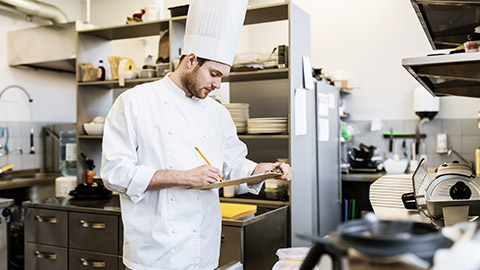
Costing Practice - Rice And Peas
Exercise 30
Using the Standard Recipe (below) and given ingredient prices, complete a costing sheet for the Jamaican Rice and Peas dish.
| Ingredients | Quantity | UoM |
|---|---|---|
| rice, basmati | 50 | g |
| water | 100 | ml |
| coconut milk | 70 | ml |
| spring onions, sliced | 20 | g |
| thyme sprigs | 2 | g |
| garlic, whole clove peeled and lightly crushed | 5 | g |
| allspice, ground | 1 | pinch |
| kidney beans, drained | 50 | g |
Note: for some items used in very small quantities (which are not measured accurately – such as the pinch of allspice, use 1g to calculate a value for the ingredient – larger scale recipes will have larger quantities of the ingredient which will be able to be measured and calculated accurately.
Price List:
| Ingredients | Price | UoM |
|---|---|---|
| rice, basmati | $2.50 | kg |
| coconut milk | $3.50 | 400ml can |
| spring onions, sliced | $12.50 | kg |
| thyme sprigs | $16.00 | kg |
| garlic, whole clove peeled and lightly crushed | $2.52 | kg |
| allspice, ground | $7.43 | kg |
| kidney beans, drained | $28.00 | 2.1kg can |
1. Using the recipe specification and the purchase price list state the UoM conversion factor for each ingredient:
| Ingredients | UoM Conversion |
|---|---|
| rice, basmati | |
| water | |
| coconut milk | |
| spring onions, sliced | |
| thyme sprigs | |
| garlic, whole clove peeled and lightly crushed | |
| allspice, ground | |
| kidney beans, drained (assume 60% yield) |
2. Use the recipe quantities, the price list and the UoM conversions to complete the costing sheet:
Worksheet Placeholder

Copyright:
The following copyright statements relate to content throughout this entire module.
© Copyright 2022 New Zealand Management Academies Ltd.
These notes have been prepared especially for the students of New Zealand Management Academies Ltd. All rights reserved. This publication constitutes intellectual property of New Zealand Management Academies Ltd. This workbook is copyright. No part may be reproduced, stored in a retrieval system, or transmitted, in any form or by any other means, electronic, mechanical, photocopying, recording or otherwise without permission. Inquiries should be made to Head Office.
© UP Education Online Pty Ltd 2022
Except as permitted by the copyright law applicable to you, you may not reproduce or communicate any of the content on this website, including files downloadable from this website, without the permission of the copyright owner.
WARNING
This material has been reproduced and communicated to you by or on behalf of UP Education in accordance with section 113P of the Copyright Act 1968 (the Act).
The material in this communication may be subject to copyright under the Act. Any further reproduction or communication of this material by you may be the subject of copyright protection under the Act.
Do not remove this notice.
Activity software obtained under the MIT License
Copyright (c) 2016 Joubel AS
Permission is hereby granted, free of charge, to any person obtaining a copy of this software and associated documentation files (the "Software"), to deal in the Software without restriction, including without limitation the rights to use, copy, modify, merge, publish, distribute, sublicense, and/or sell copies of the Software, and to permit persons to whom the Software is furnished to do so, subject to the following conditions:
The above copyright notice and this permission notice shall be included in all copies or substantial portions of the Software.
THE SOFTWARE IS PROVIDED "AS IS", WITHOUT WARRANTY OF ANY KIND, EXPRESS OR IMPLIED, INCLUDING BUT NOT LIMITED TO THE WARRANTIES OF MERCHANTABILITY, FITNESS FOR A PARTICULAR PURPOSE AND NONINFRINGEMENT. IN NO EVENT SHALL THE AUTHORS OR COPYRIGHT HOLDERS BE LIABLE FOR ANY CLAIM, DAMAGES OR OTHER LIABILITY, WHETHER IN AN ACTION OF CONTRACT, TORT OR OTHERWISE, ARISING FROM, OUT OF OR IN CONNECTION WITH THE SOFTWARE OR THE USE OR OTHER DEALINGS IN THE SOFTWARE.
References:
- Alexa.Com. n.d. Alexa - Top sites. [online] Available at: <https://www.alexa.com/topsites> [Accessed 26 February 2021].
- Barr, S., 2019. What is La Tomatina, how did it begin and where does it take place?. [online] Independent. Available at: <https://www.independent.co.uk/life-style/food-and-drink/la-tomatina-festival-spain-food-tomatoes-what-when-where-begin-history-a9080226.html> [Accessed 26 May 2022].
- BBC Food. n.d. Woolton pie. [online] Available at: <https://www.bbc.co.uk/food/recipes/woolton_pie_98706> [Accessed 30 May 2022].
- BBC. 2009. Lent. [online] Available at: <https://www.bbc.co.uk/religion/religions/christianity/holydays/lent_1.shtml> [Accessed 26 May 2022].
- Benlafquih, C., 2021. Tips for Cooking in a Moroccan Tagine. [online] The Spruce Eats. Available at: <https://www.thespruceeats.com/how-to-use-a-moroccan-tagine-2394754> [Accessed 30 May 2022].
- Breeze, A., 2019. Where is pancake day celebrated?. [online] onehowto.com. Available at: <https://celebrations.onehowto.com/article/where-is-pancake-day-celebrated-1391.html> [Accessed 30 May 2022].
- Cambridge Dictionary. n.d. Climate. [online] Available at: <https://dictionary.cambridge.org/dictionary/english/climate> [Accessed 26 May 2022].
- Cambridge Dictionary. n.d. Culture. [online] Available at: <https://dictionary.cambridge.org/dictionary/english/culture> [Accessed 26 May 2022].
- Cambridge Dictionary. n.d. Geography. [online] Available at: <https://dictionary.cambridge.org/dictionary/english/geography> [Accessed 26 May 2022].
- Cambridge Dictionary. n.d. Migration. [online] Available at: <https://dictionary.cambridge.org/dictionary/english/migration> [Accessed 26 May 2022].
- Cambridge Dictionary. n.d. Sustainable. [online] Available at: <https://dictionary.cambridge.org/dictionary/english/sustainable> [Accessed 26 May 2022].
- Cambridge Dictionary. n.d. War. [online] Available at: <https://dictionary.cambridge.org/dictionary/english/war> [Accessed 26 May 2022].
- Carrington, D., 2018. Avoiding meat and dairy is ‘single biggest way’ to reduce your impact on Earth. [online] The Guardian. Available at: <https://www.theguardian.com/environment/2018/may/31/avoiding-meat-and-dairy-is-single-biggest-way-to-reduce-your-impact-on-earth> [Accessed 26 May 2022].
- Cooke, R., 2013. The enduring legacy of Elizabeth David, Britain's first lady of food. [online] The Guardian. Available at: <https://www.theguardian.com/lifeandstyle/2013/dec/08/elizabeth-david-first-lady-of-food> [Accessed 26 May 2022].
- Cook's Info. 2011. British Wartime Food. [online] Available at: <https://www.cooksinfo.com/british-wartime-food/> [Accessed 26 May 2022].
- Corrigan Collection. n.d. Richard Corrigan Biography. [online] Available at: <http://www.corrigancollection.com/richard-corrigan/#biography> [Accessed 26 May 2022].
- Corrigan, R., 2008. The Clatter of Forks and Spoons. Fourth Estate.
- Country Reports. n.d. Morocco Geography. [online] Available at: <https://www.countryreports.org/country/Morocco/geography.htm> [Accessed 26 May 2022].
- David, E., 1960. French Provincial Cooking. 1st ed. Penguin.
- Diaz, A., 2021. A Step-by-Step Guide to Writing SOPs for Business. [online] Vendr. Available at: <https://www.blissfully.com/blog/standard-operating-procedure-sop/> [Accessed 26 May 2022].
- Do Simon, N., 2017. The Original Gangster. [online] Venice. Available at: <https://venicemagftl.com/the-original-gangster/> [Accessed 26 May 2022].
- Fischler, C., 1988. Food, self and identity. Social Science Information, [online] 27(2), pp.275-293. Available at: <https://journals.sagepub.com/doi/10.1177/053901888027002005> [Accessed 26 May 2022].
- Food and Agriculture Organization of the United Nations. 2022. FAOSTAT Morocco Produce. [online] Available at: <http://www.fao.org/faostat/en/#data/QC> [Accessed 26 May 2022].
- Friedman, R., 2014. Violence and climate change in prehistoric Egypt and Sudan. [online] The British Museum Blog. Available at: <https://blog.britishmuseum.org/violence-and-climate-change-in-prehistoric-egypt-and-sudan/> [Accessed 26 May 2022].
- G Adventures. n.d. La Tomatina festival: By the numbers. [online] Available at: <https://www.gadventures.com/blog/la-tomatina-festival-numbers-101-travel/> [Accessed 26 May 2022].
- Ghose, M., 2019. 14 of the Sumptuous Cuban Foods to Gorge On. [online] Flavorverse. Available at: <https://flavorverse.com/traditional-cuban-foods/> [Accessed 30 May 2022].
- Goldschein, E., 2011. The 10 Most Important Crops In The World. [online] Business Insider. Available at: <https://www.businessinsider.com/10-crops-that-feed-the-world-2011-9> [Accessed 30 May 2022].
- Google Maps. n.d. Buñol · 46360, Valencia, Spain. [online] Available at: <https://www.google.com/maps/place/46360+Bu%C3%B1ol,+Valencia,+Spain/@40.7339534,1.2719391,6z/data=!4m5!3m4!1s0xd60e48b1d9711a7:0xb00d33acb4719f65!8m2!3d39.4203436!4d-0.7901334> [Accessed 30 May 2022].
- Green, C., 2018. 6 Facts About Migration You Should Know. [online] United Nations Foundation. Available at: <https://unfoundation.org/blog/post/6-facts-about-migration-you-should-know/> [Accessed 30 May 2022].
- Holzwarth, L., 2018. 10 Christian Holidays and Beliefs Steeped in Pagan Traditions. [online] History Collection. Available at: <https://historycollection.com/10-christian-holidays-beliefs-steeped-pagan-traditions/9/> [Accessed 30 May 2022].
- IGI Global. n.d. What is Traditional Media. [online] Available at: <https://www.igi-global.com/dictionary/mobile-phones-news-consumption-news-creation-and-news-organization-accommodations/47688> [Accessed 30 May 2022].
- InterExchange. n.d. Miami Culture and Cuban Influence. [online] Available at: <https://www.interexchange.org/articles/visit-the-usa/miami-culture-cuban-influence/> [Accessed 30 May 2022].
- Johns Hopkins Center for a Livable Future. n.d. History of Agriculture. [online] Available at: <http://www.foodsystemprimer.org/food-production/history-of-agriculture/> [Accessed 26 May 2022].
- Kryza, A., 2014. Food symbolism that might change the way you eat. [online] Thrillist. Available at: <https://www.thrillist.com/eat/nation/longevity-fertility-and-other-food-symbolism-thrillist-nation> [Accessed 30 May 2022].
- Leech, R., Worsley, A., Timperio, A. and McNaughton, S., 2015. Understanding meal patterns: definitions, methodology and impact on nutrient intake and diet quality. Nutrition Research Reviews, 28(1), pp.1-21.
- Marin, G., 2017. Miami's 11 Best Croquetas. [online] Eater Miami. Available at: <https://miami.eater.com/maps/best-croquetas-miami> [Accessed 30 May 2022].
- Mayo Clinic. 2021. Mediterranean diet for heart health. [online] Available at: <https://www.mayoclinic.org/healthy-lifestyle/nutrition-and-healthy-eating/in-depth/mediterranean-diet/art-20047801?reDate=18022021> [Accessed 30 May 2022].
- National Geographic. 2022. Staple Food Crops of the World. [online] Available at: <https://www.nationalgeographic.org/maps/wbt-staple-food-crops-world/> [Accessed 30 May 2022].
- OEC. n.d. What does Morocco export? (2018). [online] Available at: <https://oec.world/en/visualize/tree_map/hs92/export/mar/all/show/2018/> [Accessed 30 May 2022].
- OEC. n.d. What does Morocco import? (2018). [online] Available at: <https://oec.world/en/visualize/tree_map/hs92/import/mar/all/show/2018/> [Accessed 30 May 2022].
- Pfeffer, R., 2017. Versailles. [online] Time Out Miami. Available at: <https://www.timeout.com/miami/restaurants/versailles> [Accessed 30 May 2022].
- Pinchin, J., 2016. Why has isolation been removed from the hierarchy of controls?. [online] Vertical Horizonz. Available at: <https://www.verticalhorizonz.com/why-has-isolation-been-removed-from-the-hierarchy-of-controls-> [Accessed 30 May 2022].
- Ranger, H., n.d. Top 10 foods to try in Morocco. [online] BBC Good Food. Available at: <https://www.bbcgoodfood.com/howto/guide/top-10-foods-try-morocco> [Accessed 26 May 2022].
- Rubin, G., 2019. How do you like your beef… old-style cow or 3D-printed?. [online] the Guardian. Available at: <https://www.theguardian.com/technology/2019/nov/10/3d-printed-meat-european-restaurant-menus-environment> [Accessed 30 May 2022].
- Scientific American. n.d. How Meat Contributes to Global Warming. [online] Available at: <https://www.scientificamerican.com/slideshow/the-greenhouse-hamburger/> [Accessed 30 May 2022].
- Semple, K., 2008. For Cubans in U.S., Views Have Evolved. [online] The New York Times. Available at: <https://www.nytimes.com/2008/02/20/us/20miami.html> [Accessed 30 May 2022].
- Setupmyhotel.com. 2019. Stewarding SOP for Cleaning and Maintaining the Deep Fryer. [online] Available at: <https://setupmyhotel.com/train-my-hotel-staff/how-to-define-sop-in-hotels/kitchen-production-sop/691-sop-stewarding-deep-fryer.html> [Accessed 30 May 2022].
- The New Tropic. n.d. How Cuban food became Miami food. [online] Available at: <https://thenewtropic.com/cuban-food-history/> [Accessed 30 May 2022].
- The New Tropic. n.d. Traditional Cuban meets Nuevo Cubano. [online] Available at: <https://thenewtropic.com/cuban-meets-nuevo-cubano/> [Accessed 26 May 2022].
- Tomatina.org. n.d. History of Tomatina. [online] Available at: <https://tomatina.org/en/history-of-tomatina/> [Accessed 30 May 2022].
- University of California, D., n.d. Crop Nutrient Requirements. [online] University of California Division of Agriculture and Natural Resources. Available at: <https://ucanr.edu/sites/Nutrient_Management_Solutions/stateofscience/Meet_Crop_Nutrient_Requirements/> [Accessed 30 May 2022].
- University of Otago. n.d. Health, Safety and Wellbeing - Risk and Hazard Management. [online] Available at: <https://www.otago.ac.nz/health-safety/hazards/#managing> [Accessed 30 May 2022].
- Wilson, S., n.d. Rationing in World War Two. [online] Historic UK. Available at: <https://www.historic-uk.com/CultureUK/Rationing-in-World-War-Two/> [Accessed 30 May 2022].
